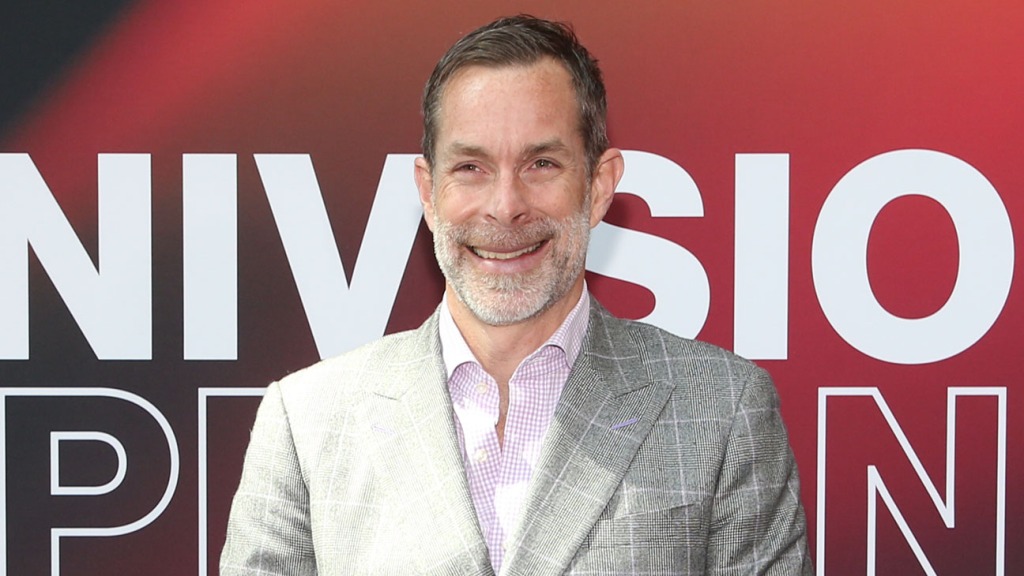
TelevisaUnivision still believes its newly launched streaming product will achieve profitability by the end of next year, a position that CEO Wade Davis noted puts it in contrast to other streaming giants.
Speaking on the company’s third-quarter earnings call Thursday, Davis said other streamers, on average, see peak losses about three years after launch and eventually reach profitability after about six years.
“We’re in year zero. We just launched the streaming service. It’ll be live for less than half of the year and our peak losses will occur this year,” Davis said, adding that the company plans to reduce the losses over the course of 2023.
TelevisaUnivision launched ViX+, the company’s subscription-streaming platform, on July 21, and ViX, the free, ad-supported streaming service in late March.
The Spanish-language media giant, which completed its $4.8 billion merger in late January 2022, did not disclose subscriber numbers for either service, saying that it’s too early in the process. However, the company said the launch of VIX+ contributed to an 8 percent rise in subscription and licensing revenue for the company in the quarter. It also led to increased operating expenses in the quarter, up 10 percent from the previous quarter, to reach $741 million and a 4 percent decline in EBITDA for the quarter. Originals are the largest driver of engagement on ViX+, the company said.
“Despite a slight decline in the quarter, on a year-to-date basis, our EBITDA is only down $22 million, despite investing hundreds of millions of dollars to deliver the largest Spanish language streaming service the world has ever seen,” Davis said.
Davis previously spoke about the resources which enable it to quickly reach profitability with a streaming service, including its large library of content coming from the merger with Televisa, as well as its focus on Spanish-language markets, which limits the cost of rights acquisition.
On Thursday, Davis reiterated that the company developed the two tiers to cut down on churn, since their addressable markets typically have higher churn and lower average revenue per user. He also addressed the competition coming from the upcoming launch of advertising tiers at Disney and Netflix.
“From a competitive standpoint, it’s important to point out that the flurry of activity around ad supported from other streamers is really only about introducing ad supported subscriptions tiers, which doesn’t really benefit [the churn dynamics] I’ve just discussed here. It just yields a lower price subscription that will pick up a slightly larger segment of the market on the bottom end,” Davis said on the call.
Asked about the increased competition for advertisers on ad-supported tiers, Davis noted that Disney and Netflix did not participate in the upfronts, so the competition in the U.S. will be coming from the scatter market. That said, he said he feels the competition is largely within the English language market in the U.S.
In the third quarter, the Spanish-language media giant reported total revenue growing 5 percent from the prior quarter to reach $1.2 billion. While advertising was negatively impacted by economic headwinds, advertising revenue increased 6 percent overall, which the company said was due to new clients and strong upfronts in the U.S. and Mexico, and 5 percent in the U.S.

